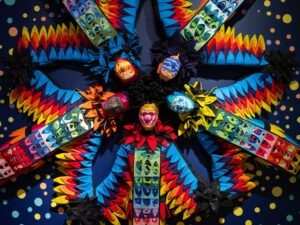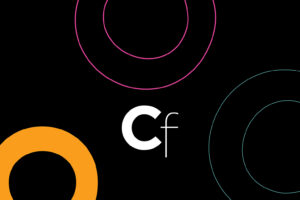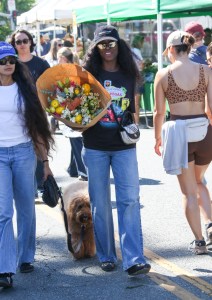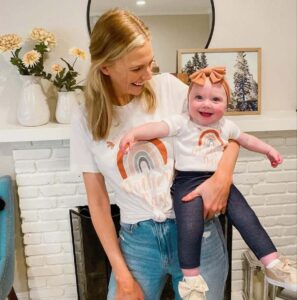Barbara Mensch Tells the Epic Story of the Brooklyn Bridge
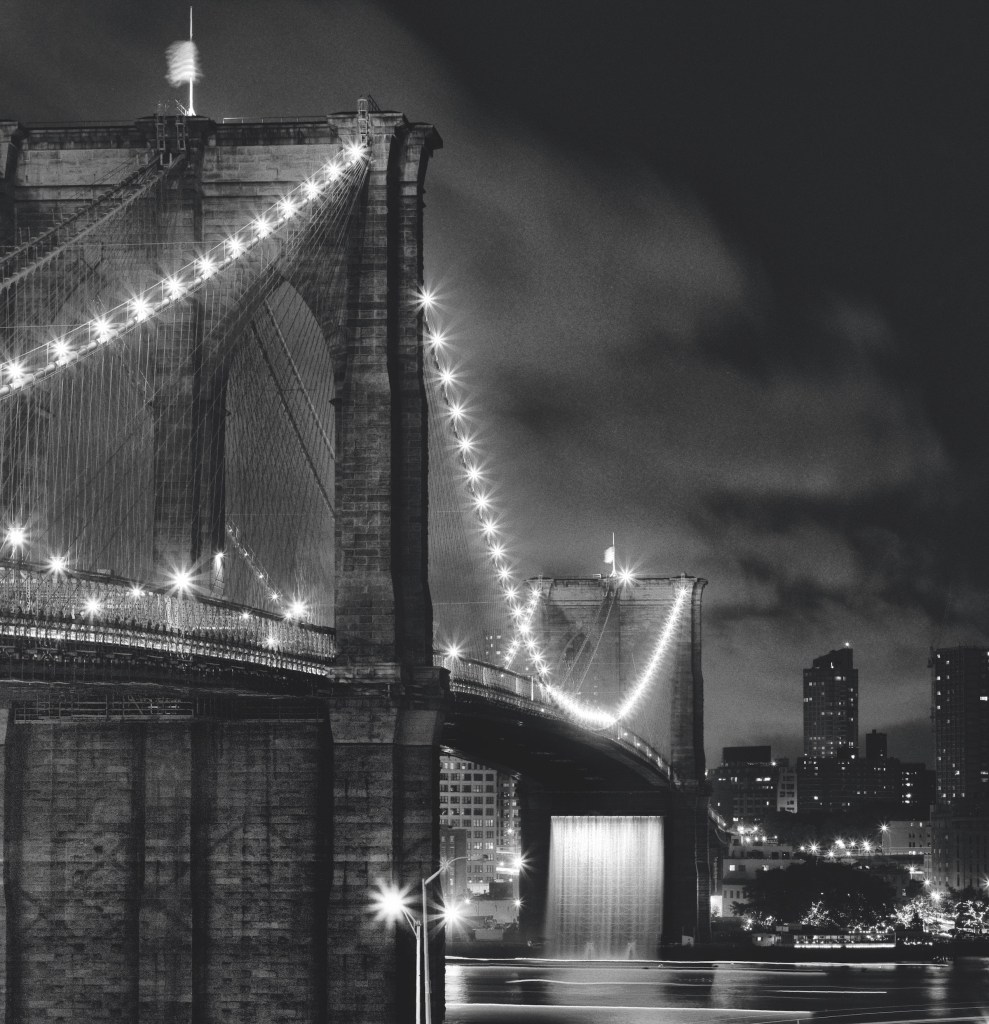

When Barbara Mensch was invited to stage an exhibition of her photographs in the public gallery at the United States District Court for the Eastern District of New York, curiosity led her to consider the functions of the court. Most of all, she was drawn to the magnitude of its naturalization ceremonies, when, several times a week, 100 or so people from across the globe enter a courtroom to become United States citizens. In response, Mensch drew on her 2018 book, In the Shadow of Genius, which pairs her own black and white photographs of the Brooklyn Bridge and its environs with the story of its creators. The 12 photographs on view, along with a pamphlet containing excerpts from her book, tell the epic story of the bridge’s designer, John Roebling, who traveled from a medieval town in Germany to create one of the world’s most treasured icons. Mensch was on a quest to understand the bridge’s inexplicable spiritual power.
The Brooklyn-born artist has been photographing the Brooklyn Bridge in all seasons, inside and out, for several decades. In the 1980s, she moved into a maritime warehouse in Lower Manhattan beside its stone anchorage. Resolving to learn more about the bridge’s designer, she traveled to Roebling’s birthplace in Germany and traced his journey to the US to better understand what inspired him to envision the bridge. A close-up shot of its diagonal cables, which echo a ship’s sails, welcomes the viewer to imagine his 10-week voyage across the Atlantic Ocean in 1831, while a bird’s-eye view of a river carving through wilderness dramatizes his 300-mile canal-boat journey to Butler County, Pennsylvania. There, he established a village with other immigrants, several of whom assisted him in making the wire rope that was later used in constructing the great bridge.

Roebling’s relentless drive resonates with Mensch, who lets her intuitions guide her. Her photos reflect the deeply held ideas of the bridge’s creator, such as his belief that every human endeavor is spiritual. A quintessential example in the show is her photo of the bridge’s New York tower. The pointed arch mimics the Gothic church Roebling attended as a child; a sliver of light coming through creates an almost otherworldly atmosphere. But after reading Mensch’s accompanying text, which describes the human costs of actualizing Roebling’s vision, one cannot help but imagine the tower’s foundation, where immigrants of German, Italian, and Irish descent toiled below the water’s surface, some of whom died from decompression illness. Mensch’s photo speaks to the interconnectedness of life and death.
Mensch’s vision of New York appears romantic, but she knows that the people who built it are under constant threat of being swept aside by changes in the city. The second wall of the exhibition shows three photographs of workers from her waterfront project — presented in her books South Street (2009) and A Falling-Off Place (2023) — during which she focused on the Fulton Fish Market, the largest seafood hub in North America, as the city investigated its ties to organized crime in the 1980s and eventually moved it to the Bronx. Beside these portraits are photographs of structures in New York that have been transformed or demolished since she photographed them, including a movie theater in Spanish Harlem with a marquee that’s missing several letters but once said “The Party Never Stops.”
A wall text by urban theorist Jane Jacobs brings the show into the present: “Diverse, intense cities contain the seed of their own regeneration.” “Where is that seed now?” I asked Mensch. “It’s up to the viewer to find it,” she replied. I went looking for an answer on the second floor of the courthouse, where a judge was conducting a naturalization ceremony. Ninety-four new citizens from 31 countries, along with their families, filled the large courtroom. Behind them was a mural of immigrant workers building a railroad, which used to hang above the doors at Ellis Island. The judge commended the people and named every country represented in the room, and when she asked the new citizens to stand, they rose like a wave.




Themes For A Courthouse In Brooklyn continues at the Charles P. Sifton Gallery at the United States District Court for the Eastern District of New York (225 Cadman Plaza East, Downtown Brooklyn, Brooklyn) through May 5. The exhibition was curated by Judge Robert M. Levy.

